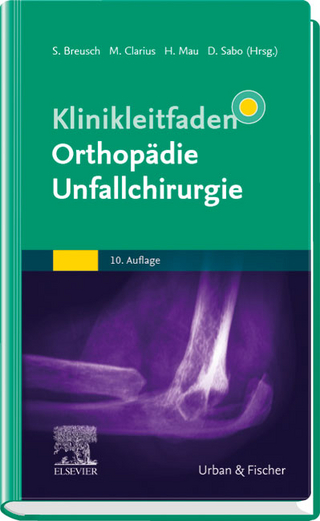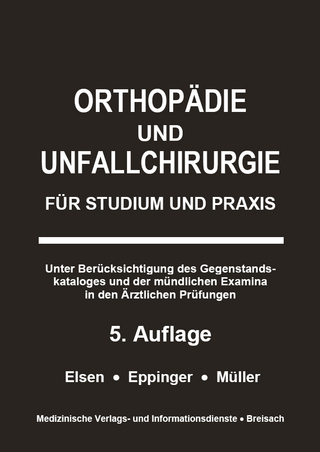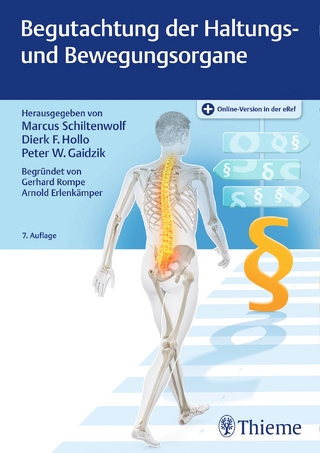
Spinal Cord Injury
Kluwer Academic Publishers (Verlag)
978-0-85200-598-9 (ISBN)
- Titel ist leider vergriffen;
keine Neuauflage - Artikel merken
In spite of the major strides in rehabilitation of traumatic spinal cord injury, our knowledge of the etiology underlying the diverse neurophysiologic derangements remains limited. For instance, we are just becoming aware of some of the changes in the "milieu interieur.
Section One: Molecular Mechanisms of Acute Traumatic Spinal Cord Injury.- 1. Glial Fibrillary Acidic Protein (GFA) and Neuroglial Scarring, A Review.- 2. Positive and Negative Contrast Myelograph in Spinal Trauma.- 3. Effect of Pharmacological Agents on Normalization of Molecular and Histologic Dysfunction Following Traumatic Injury to the Spinal Cord.- 4. Molecular Pathogenesis of Spinal Cord Degeneration after Traumatic Injury.- Section Two: Sequelae of Spinal Cord Injury: Possible Mechanisms of Spasticity and Pain Perception.- 5. Changes in the CNS Biogenic Amines and Tyrosine Hydroxylase Activity after Spinal Cord Transection in the Rat.- 6. Brain Catecholamines, Serotonin, and Gamma-Aminobutyric Acid and Adrenal Catecholamines after High Spinal Cord Transection in the Rat.- 7. Substance P and Leucine-Enkephalin Changes in Spinal Cord of Paraplegic Rats and Cats.- 8. Quarternary and Monoamine Imbalance after Spinal Transection (A Possible Mechanism of Spasticity).- 9. Alterations of Various Physiological and Biochemical Parameters during the Development of Spasticity in the Chronic Spinal Cat.- 10. Clinical Trial of an Alpha Adrenergic Receptor Stimulating Drug (Clonidine) For Treatment of Spasticity in Spinal Cord Injured Patients.- Section Three: Hemodynamic Changes During Autonomic Dysreflexia.- 11. Relationship Between Serum Dopamine-?-Hydroxylase Activity, Catecholamine Metabolism, and Hemodynamic Changes during Paroxysmal Hypertension in Quadriplegia.- 12. Autonomic Hyperreflexia: Hemodynamics, Blood Volume, Serum Dopamine-?-Hydroxylase Activity, and Arterial Prostaglandin PGE2.- Section Four: Bone Mineral and Matrix Changes Following Spinal Cord Injury: Possible Modes of Treatment.- 13. Disodium Etidronate in the Prevention of Postoperative Recurrence of Heterotopic Ossification in Spinal Cord Injured Patients.- 14. Reversal by Thyrocalcitonin of Depressed Calcium, Magnesium, and Phosphorus Balances in Paraplegic Rats.- 15. Mineral Metabolism and the Effect of Thyrocalcitonin on Periarticular Bone in Spinal Cord Injured Man.- 16. Urinary Excretion of Collagen Metabolites by Quadriplegic Patients.- Section Five: Renal and Urinary Bladder Physiology.- 17. Electromyography of the Human Urinary Bladder.- 18. Effects of Head-Up Tilt on Glomerular Filtration Rate and Renal Plasma Flow in Spinal Man.- Section Six: Hormonal and Behavioral Aspects of Spinal Cord Injury.- 19. Pituitary-Testicular Axis Dysfunction in Spinal Cord Injury.- 20. Psychosexual Adjustment to Spinal Cord Injury - An Holistic Approach.
| Zusatzinfo | biography |
|---|---|
| Verlagsort | Dordrecht |
| Sprache | englisch |
| Maße | 200 x 260 mm |
| Gewicht | 840 g |
| Themenwelt | Medizinische Fachgebiete ► Chirurgie ► Unfallchirurgie / Orthopädie |
| ISBN-10 | 0-85200-598-9 / 0852005989 |
| ISBN-13 | 978-0-85200-598-9 / 9780852005989 |
| Zustand | Neuware |
| Informationen gemäß Produktsicherheitsverordnung (GPSR) | |
| Haben Sie eine Frage zum Produkt? |
aus dem Bereich


